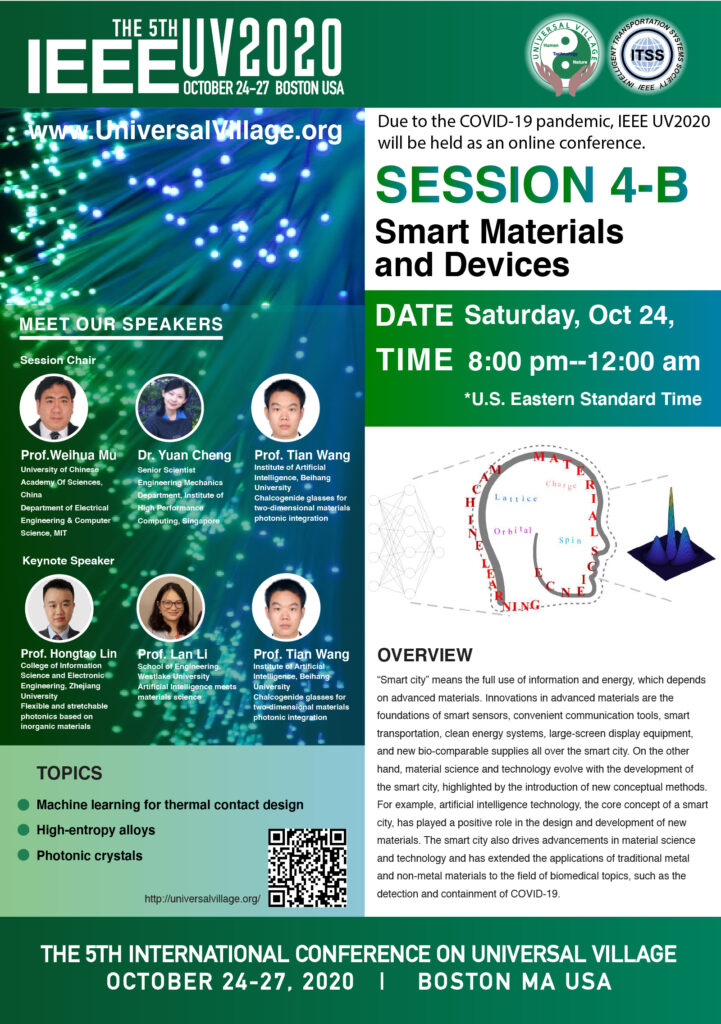It is time to register! Registration
Saturday, Oct 24, 20:00-24:00, US Eastern Standard Time
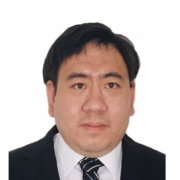
Professor in Weizhou Institue, University of Chinese Academy Of Sciences, China
Department of Electrical Engineering & Computer Science, Massachusetts Institute of Technology

Professor in Engineering Mechanics Department, Institute of High Performance Computing, Singapore
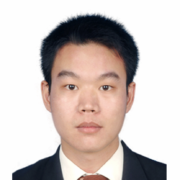
Professor in Institute of Artificial Intelligence, Beihang University
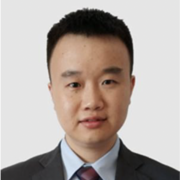
Professor College of Information Science and Electronic Engineering, Zhejiang University
Topic: Chalcogenide glasses for two-dimensional materials photonic integration
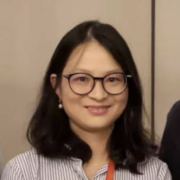
Professor, School of Engineering, Westlake University
Topic: Flexible and stretchable photonics based on inorganic materials

Professor, Institute of Artificial Intelligence, Beihang University
Topic: Artificial Intelligence meets materials science
OVERVIEW:
“Smart city” means the full use of information and energy, which depends on advanced materials. Innovations in advanced materials are the foundations of smart sensors, convenient communication tools, smart transportation, clean energy systems, large-screen display equipment, and new bio-comparable supplies all over the smart city. On the other hand, material science and technology evolve with the development of the smart city, highlighted by the introduction of new conceptual methods. For example, artificial intelligence technology, the core concept of a smart city, has played a positive role in the design and development of new materials. The smart city also drives advancements in material science and technology and has extended the applications of traditional metal and non-metal materials to the field of biomedical topics, such as the detection and containment of COVID-19.
